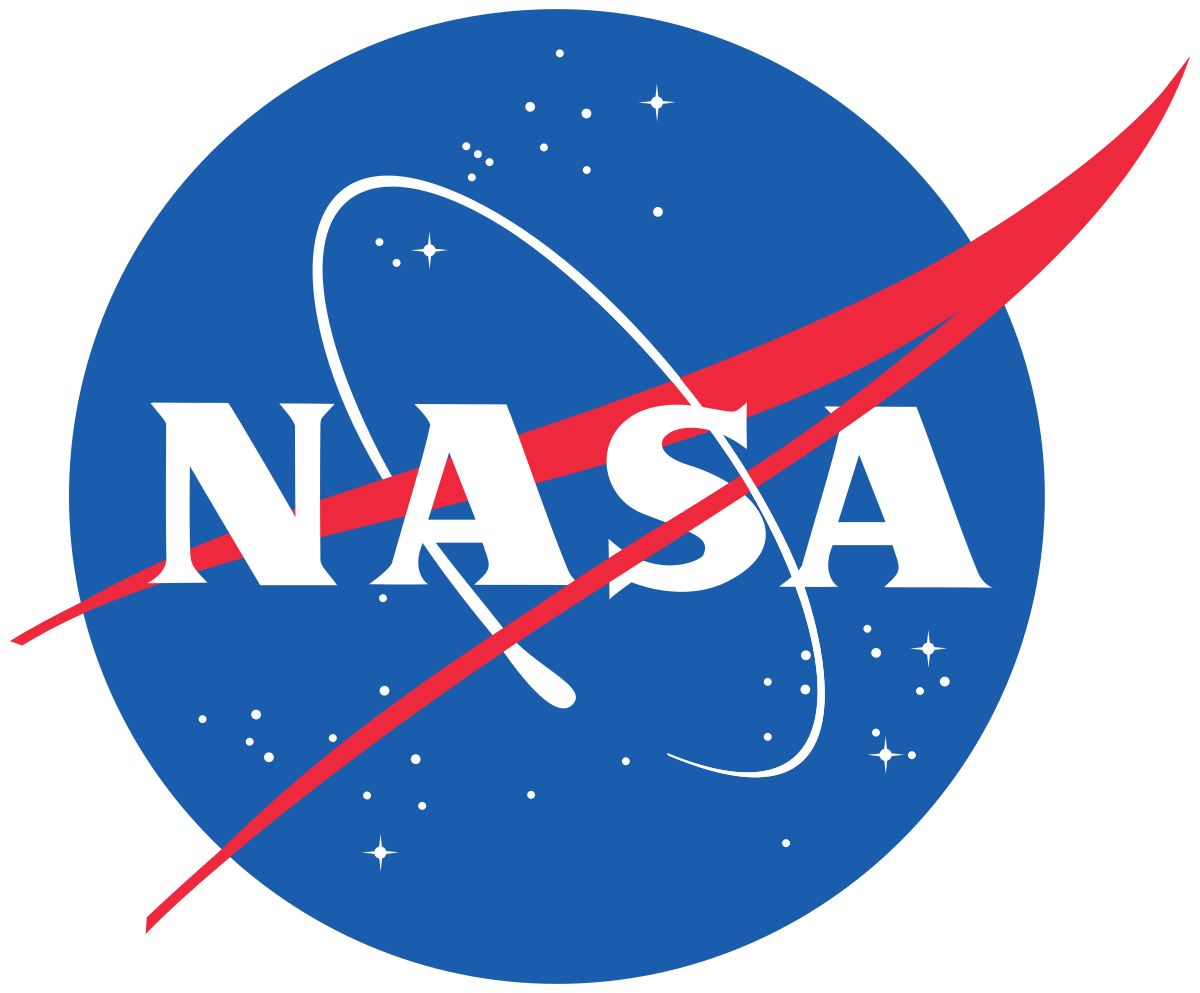Asteroids constitute an existential threat to humanity. Sixty-five million years ago, a six mile sized asteroid hit the Earth and rendered dinosaurs extinct. Astronomers say that asteroids that are six tenths of a mile in diameter are expected to hit the Earth every five hundred thousand years. NASA and other space agencies are attempting to map the population of Near-Earth Asteroids. Currently, only about forty percent of these have been spotted. The goal is to build a complete picture of threats from asteroids down to a few feet in size, within the next few decades.
This raises the question of what to do if we find an asteroid heading our way. Last month, NASA launched the Double Asteroid Redirection Test (DART) to test one idea. This test involved crashing the spacecraft into an asteroid to change its course. Other options for dealing with asteroids include attaching thrusters to the asteroid to push it into a different course that misses the Earth or ablating the rocky surface of an asteroid with a nuclear explosion.
Jonathan Katz at Washington University says that there is a simpler and more efficient way to redirect asteroids. His idea involved painting asteroids with a metallic coating. The coating changes the amount of sunlight the asteroid reflects. This will create a thrust that redirects it. He said, “Changing an asteroid’s albedo changes the force of Solar radiation on it, and hence its orbit.”
The amount of thrust generated by such a coating would be tiny. But Katz says that once a small asteroid has been identified, its trajectory can be projected for centuries in advance. This is especially true if transponders are placed on the surface of the asteroid to track it more accurately. So, if a threat can be identified hundreds of years in advance, a small force operating over this timescale would be all that would be needed to redirect the asteroid.
Astronomers have known for a long time that small asteroids are influenced by a similar phenomenon called the Yarkovsky effect. This is the result of the Sun heating an asteroid. The asteroid absorbs the heat and emits it later which causes a small thrust. There have been other scientists who have suggested modifying this effect to redirect an asteroid away from Earth. Katz’s suggestion generates an immediate thrust which is much easier to calculate.
Katz said that asteroids are generally dark. If one were coated with lithium or sodium metal, its reflexivity would be dramatically increased. He calculates that about two pounds of metal could coat an entire asteroid with micrometer-thick layers that would turn the asteroid silver.
The increased thrust from the reflectivity would be equivalent to changing the effective solar mass that affects the asteroid. This would then change its orbit. Katz calculated the effect of this approach “A one hundred- and sixty-four-foot diameter asteroid may be deflected by about one thousand nine hundred miles in a century or six hundred miles in about thirty years.”
Katz’s ideas for larger asteroids are controversial. The Tunguska event over Siberia in 1908 was a megaton atmospheric explosion that is thought to have been caused by a one hundred- and sixty-four-foot diameter comet that disintegrated in the upper atmosphere. Alternatively, it could have been a bigger asteroid that just grazed the edge of the atmosphere. Katz believes that his system could deflect a Tunguska impactor to a safer area such as an ocean.
An alternative approach would be to coat one half of the asteroid to generate a stronger directed force. Katz says, “Coating one hemisphere of an asteroid in an elliptical orbit may produce a Solar radiation torque displacing it by an Earth radius in [about] 200 years.” He added that spacecraft in polar orbit above an asteroid that emits the metal in vapor form should be able to paint the entire body of an asteroid or parts of it.
